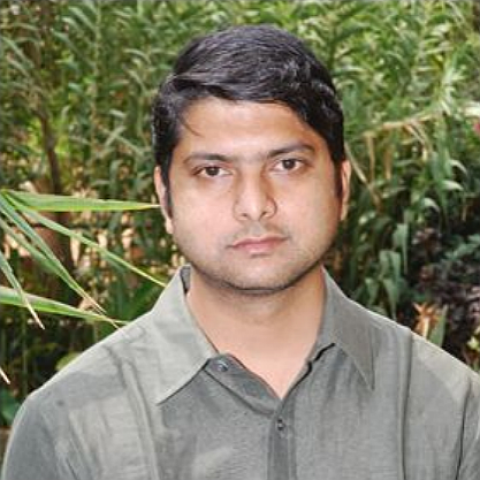Dr. Rajkamal Goswami
Rajkamal Goswami hails from the remote north-eastern region of India where the bulk of India’s forests and biodiversity is concentrated. He grew up surrounded by trees, wildlife, and peace. But all of it started to disappear rapidly, with the first casualty being peace. As the region went through insurgency driven violent movements during the 80’s and 90’s, the forests and wildlife also started getting sparser. This was his early lesson on how human society and its condition deeply influenced the nature and environment around us. Today, as a conservation scientist passionate about conserving some of the last remaining forest of the north-eastern region of India, his research continues to apply the same approach: unravelling threats to forest and biodiversity through a multi-dimensional approach. This he believes will ultimately help to design conservation solutions at appropriate scales. In Jaintia Hills of the north-eastern region of India, where his long-term field research and conservation action is focused, 60% of the community forests were lost primarily due to the regional and global demand for cement. While he found the remaining forests extremely rich in species diversity with over 300 birds and 75 mammal species, they were highly depleted due to local income-driven hunting pressures. With his efforts, the first PA of Jaintia Hills was established in 2014. He is also working with the local communities to declare some of the last remaining community-owned primary tropical evergreen forests as Community Reserves, a PA category under Indian Wildlife Laws. He is also promoting the globally threatened Hoolock Gibbon (Hoolock hoolock) as a conservation mascot for the tropical forest of this region through which he hopes to attract wider conservation attention for their precarious plight. He is hopeful that the nascent eco-tourism initiative he helped to kick-start will not only discourage hunting by creating avenues for conservation-friendly income sources but also save the one of last remaining Hoolock Gibbon populations of these hills.
People Page
Journal Articles
- 1 of 2
- next ›
